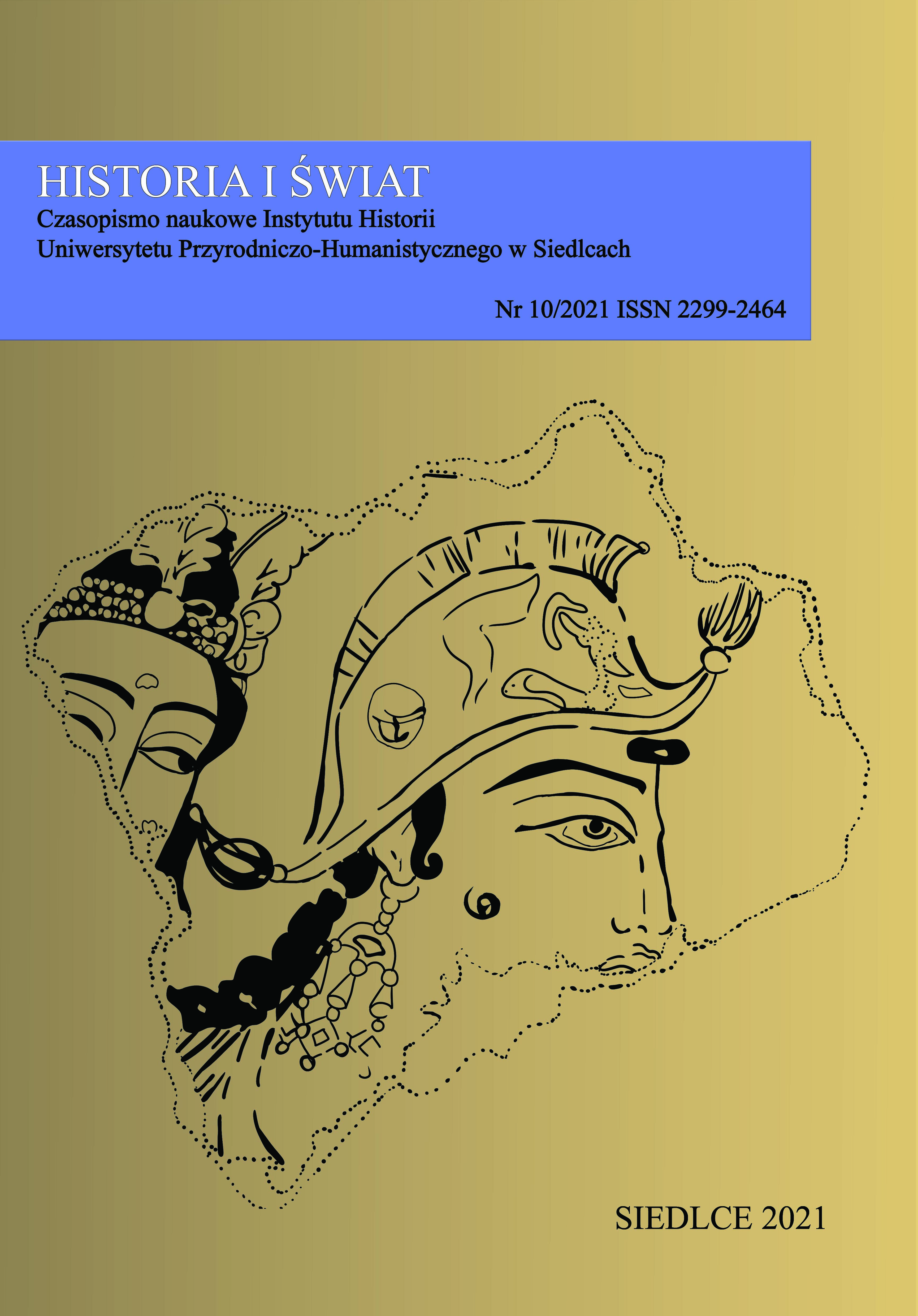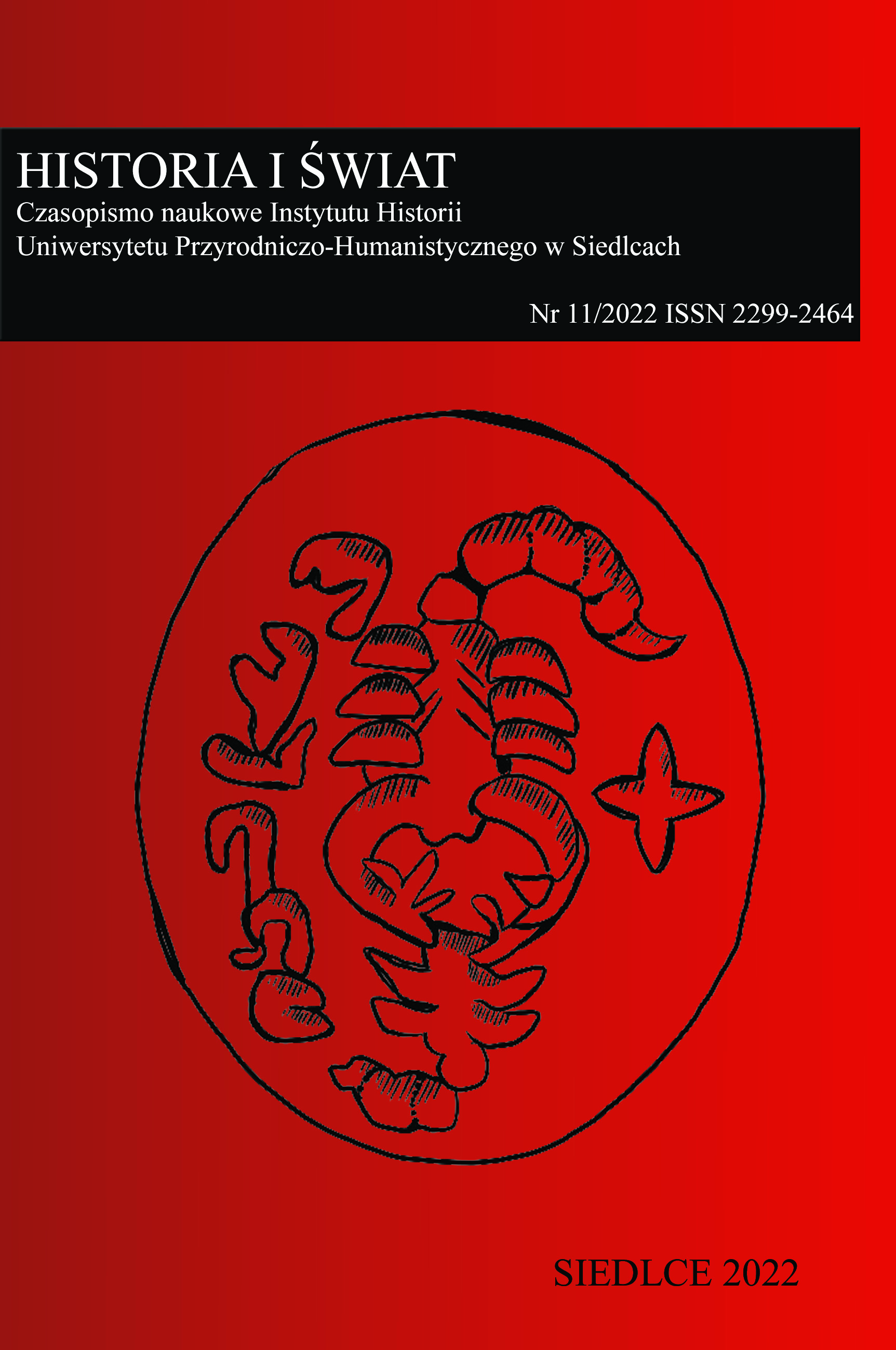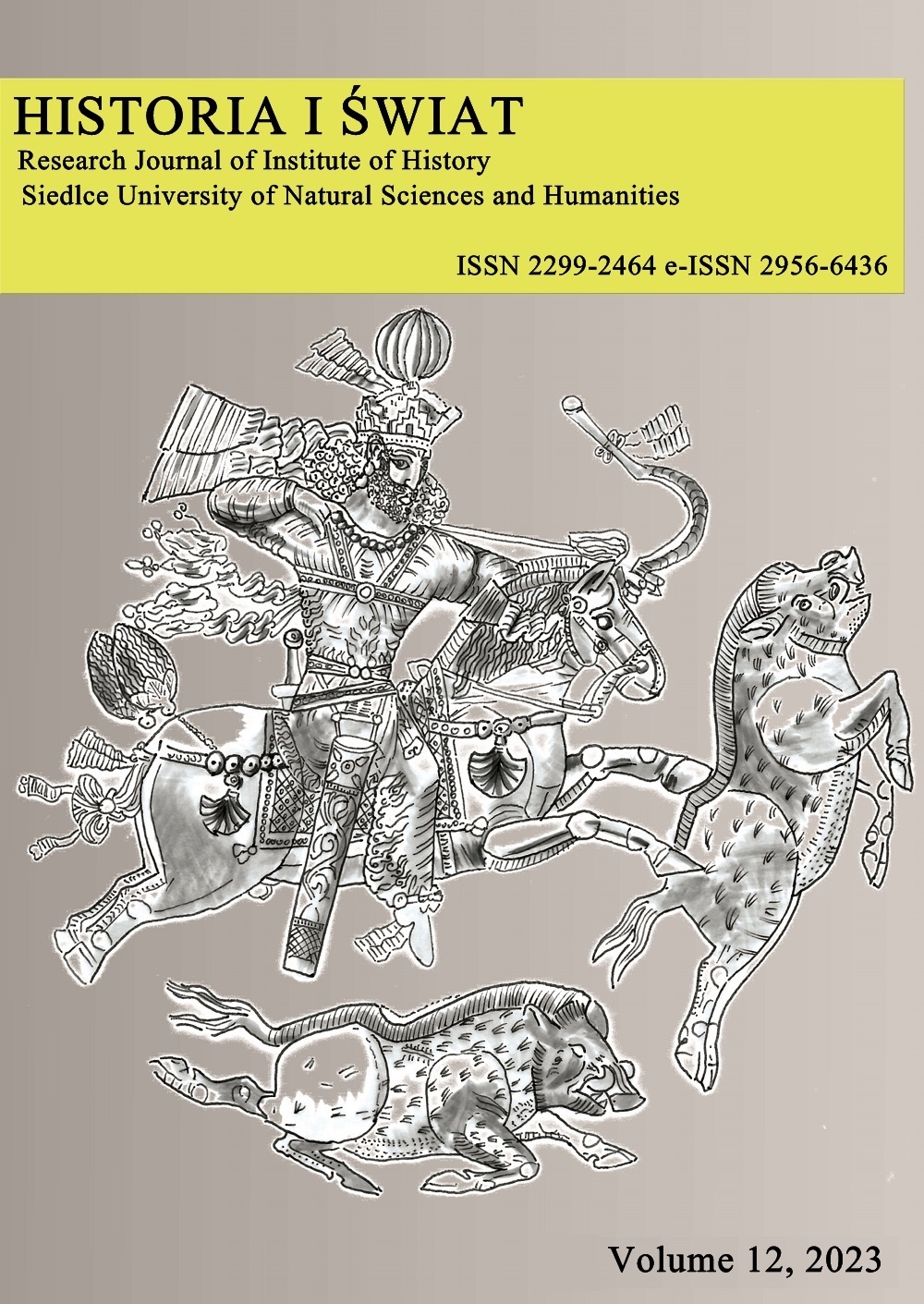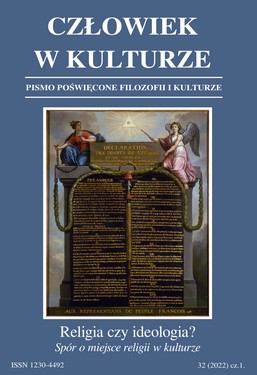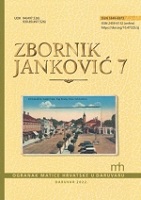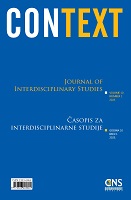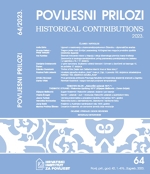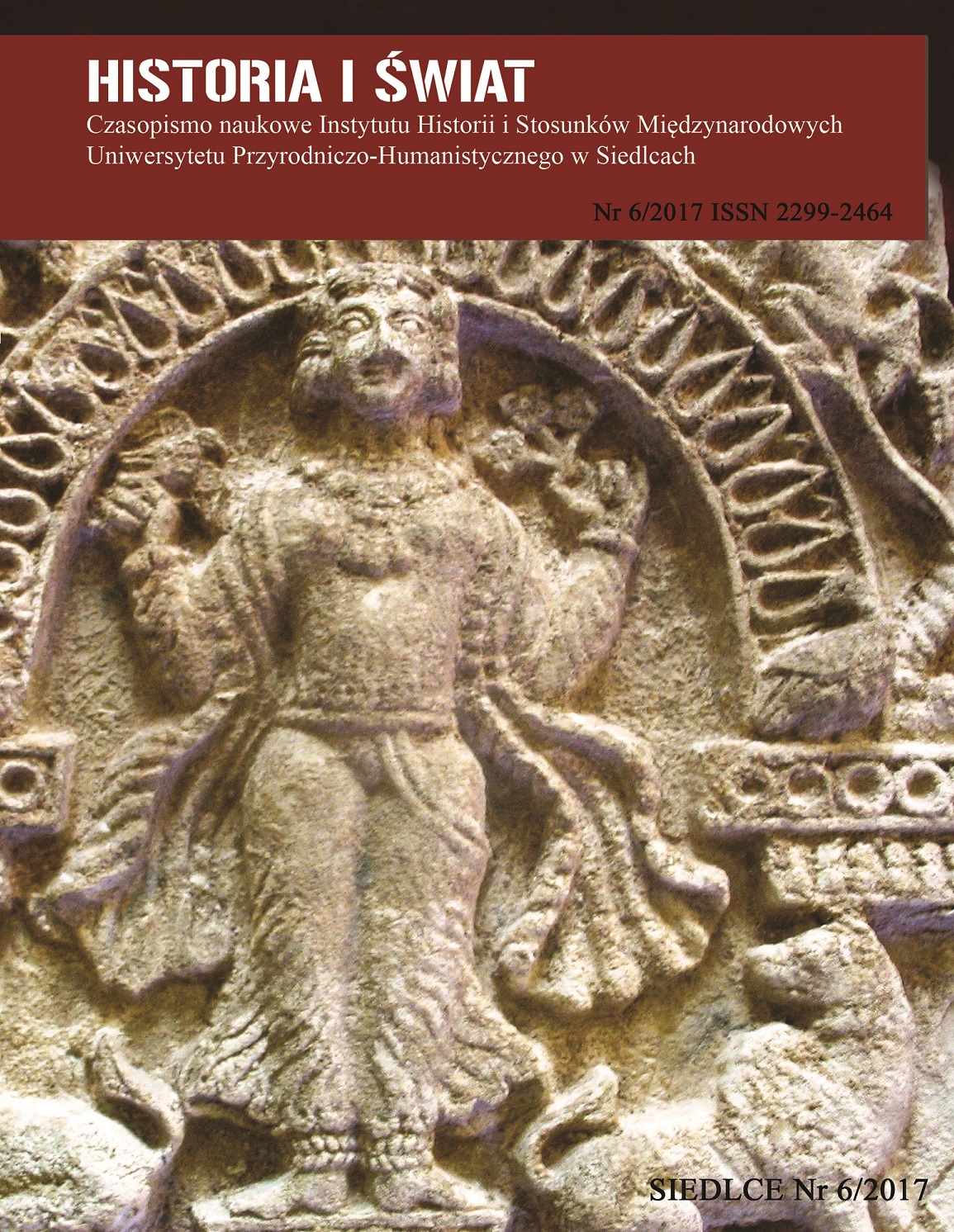
The bullae of the spahbedan. Some iconographic remarks
The seals of Sasanian highest military officials, the spahbedan which contain depiction of armoured rider createconsistent iconographic group. It is possible however to distinguish five sub-groups within it, which in turn might serveas supplementary argument for their chronology or might suggest differentiation of the role of the office in time.The iconography of the spahbedan is related to 3-5th century, Roman models of imperial adventus which seems adequatefor high ranking officers who needed iconographic layout emphasizing power however not entering royal prerogative.Iconography of the sovereigns of the neighboring power suited that goal well.Stylization of the arms and armour depicted on the spahbedan seals and small size of the objects do not allow firmidentification of the types however it is clear that the more realistic tendency in depicting armament, typical for LateSasanian period and contrasting with stylized and symbolic functions of earlier official art, prevailed.
More...
